Give From Your Garden, Then Help Them Start Theirs
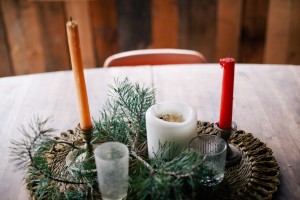 Gardeners rarely need much encouragement to show off the bounty of their efforts, and the holidays come with many opportunities to showcase your garden’s pleasures. Take a look at a few of the best ideas for creating beautiful gifts from your garden:
Gardeners rarely need much encouragement to show off the bounty of their efforts, and the holidays come with many opportunities to showcase your garden’s pleasures. Take a look at a few of the best ideas for creating beautiful gifts from your garden:
Herb-infused jellies and jams: Create a gift from your garden that will have your loved ones looking for any excuse to eat a muffin or piece of toast. Keep in mind that when you give herb-infused jellies and jams, there’s no reason to commit to an entirely homemade product. Buy your favorite brand of local jam and infuse it with your herbs. Your friends will love it.
Decorated candles: Press dried flowers, ferns or leaves from your garden into a holiday-scented candle by softening the wax just a bit. Candle making can be a messy, expensive project, but you can start with store-bought candles and let your plants offer the special touches.
Herb-infused olive oil: A flavored olive oil is a real treat for cooks, and even more so if the herbs come from the garden of a friend or family member. The effects only last about two months, so encourage the recipient not to save it for a special occasion, but instead, use it to warm up their best recipes in the winter months.
Potpourri and sachets: The smell of dried flowers is a welcome change in the chilly winter season. Add different combinations of flowers to a netted bag for a drawer or place in a keepsake bowl to be displayed on a table. Even young girls love to receive a beautiful sachet to keep in a drawer, so make one for all the ladies in your life, both young and old.
Plant cutting party favors: When it’s your turn to host, place plant cuttings in mini pots and then decorate the pots with the names of your guests. Your party favors will be the talk of the event; a plant cutting is such an unexpected gift during the holidays. Use potpourri, evergreen trimmings or pinecones from your garden to add a centerpiece to your garden-themed table.
Help them get started: Choose a creative gift to help a friend or family member get their own garden planned for spring. High-quality plant markers are a great idea, because while seeds or gardening tools may be expected, plant markers lend a bit of pride to gardening success.
Get started with your holiday shopping at Kincaid Plant Markers. Choose a set to give to a friend with their plant cutting gift, or choose your own for a little holiday treat for yourself. Our plant markers are made for a lifetime of gardening, because they’ll never rust or become corroded. Take a look at our selection and choose the perfect gift!

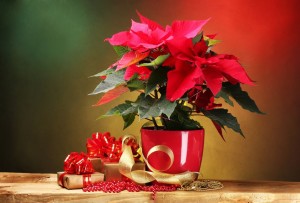


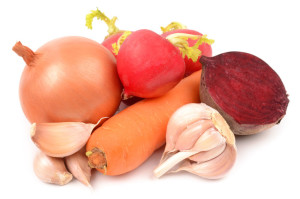 As a home gardener, maybe you are motivated to get started because you love the taste of homegrown produce or appreciate knowing where your food comes from. Or you might have begun your first garden to help your children understand the growing process and learn to enjoy fresh foods. As you have learned more about gardening, you might have developed an interest in heirloom gardening, but these varieties can be tricky to grow. A few
As a home gardener, maybe you are motivated to get started because you love the taste of homegrown produce or appreciate knowing where your food comes from. Or you might have begun your first garden to help your children understand the growing process and learn to enjoy fresh foods. As you have learned more about gardening, you might have developed an interest in heirloom gardening, but these varieties can be tricky to grow. A few 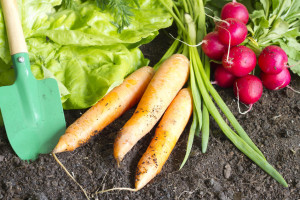 If you’re limiting yourself to only one growing season, it may be time to try something new. There are a few vegetables that do well in a winter garden, and some produce a sweeter, milder taste that may make you a big fan of planting in the fall. Identifying plants that you can grow throughout the winter is easy with this list.
If you’re limiting yourself to only one growing season, it may be time to try something new. There are a few vegetables that do well in a winter garden, and some produce a sweeter, milder taste that may make you a big fan of planting in the fall. Identifying plants that you can grow throughout the winter is easy with this list.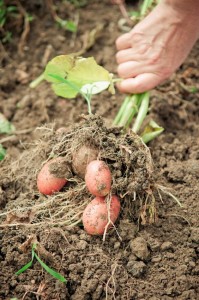
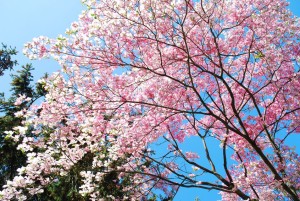 When
When 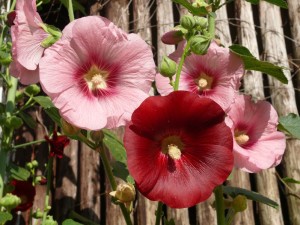 You’ve decided to try a spring garden. You arm yourself with books from the library full of
You’ve decided to try a spring garden. You arm yourself with books from the library full of 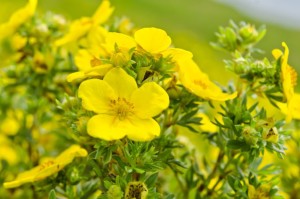 It’s hard not to feel a tinge of sadness amid the excitement as a lush green summer gives way to fall’s explosion of color. The changing leaves are beautiful, but there’s the knowledge that bare trees and dull lawns will shortly follow. With a few new
It’s hard not to feel a tinge of sadness amid the excitement as a lush green summer gives way to fall’s explosion of color. The changing leaves are beautiful, but there’s the knowledge that bare trees and dull lawns will shortly follow. With a few new